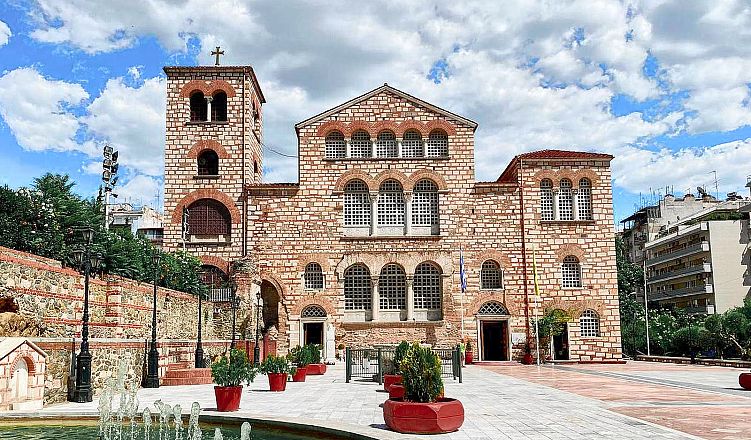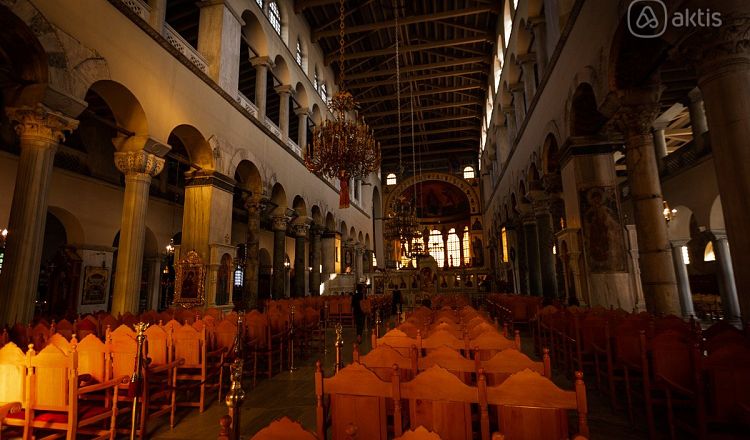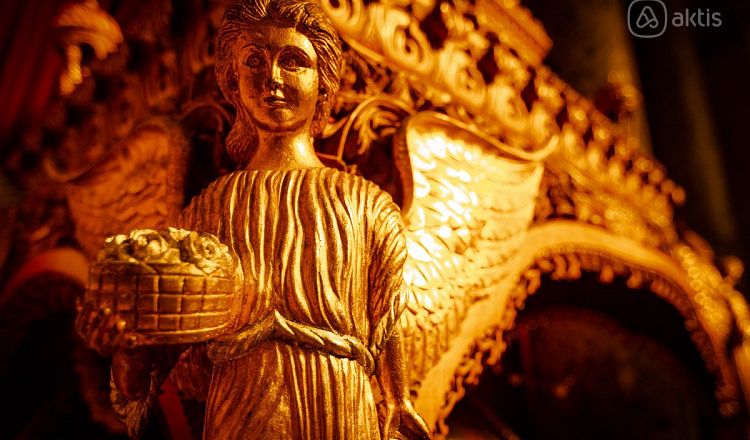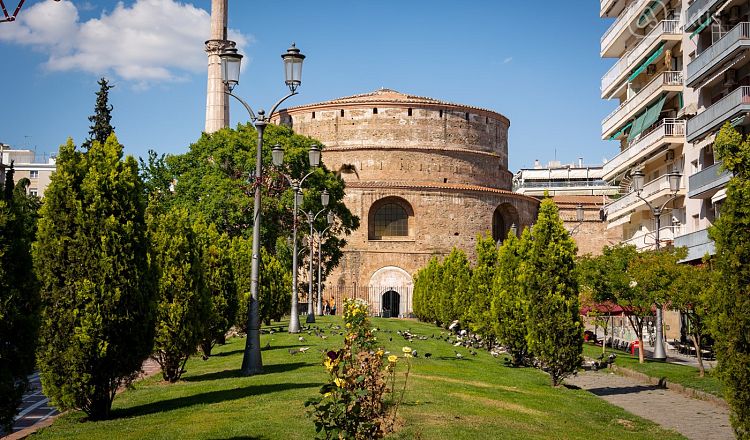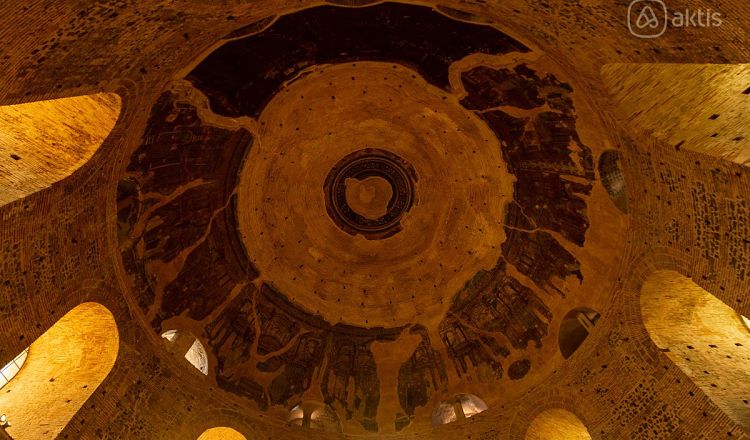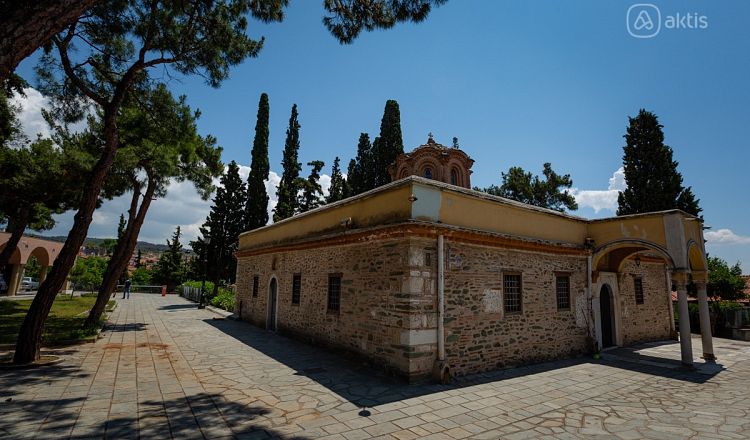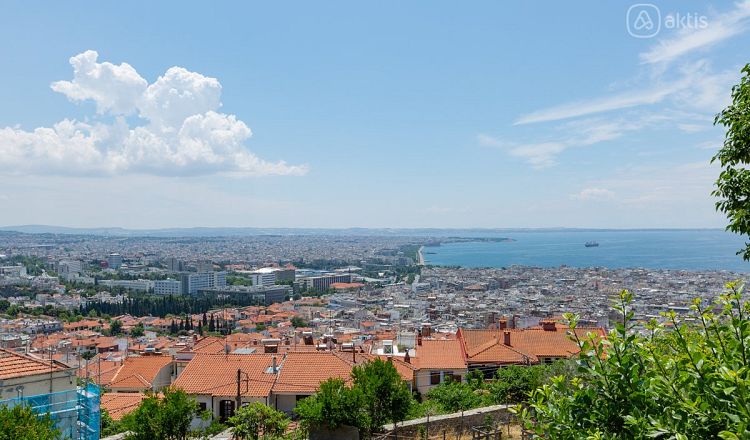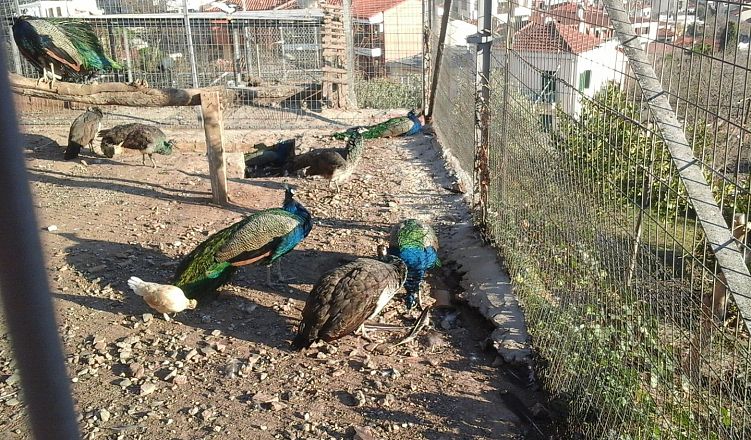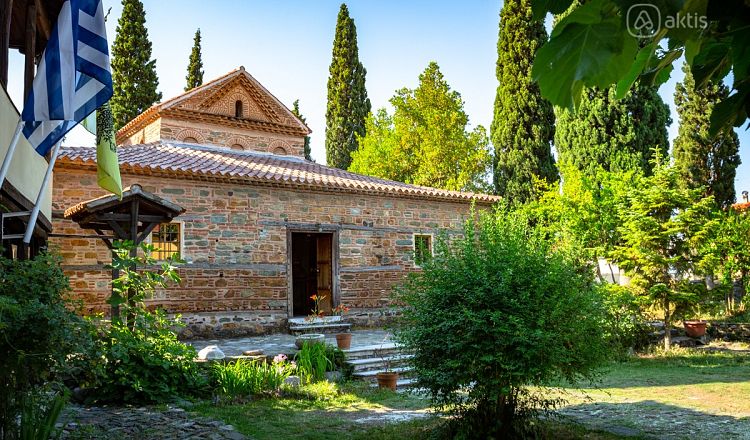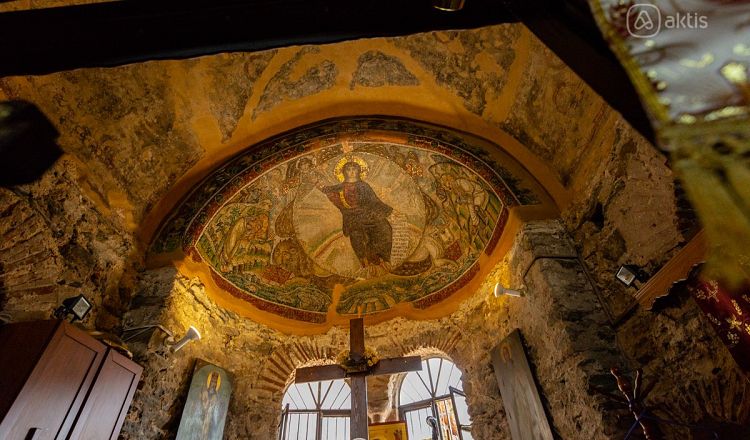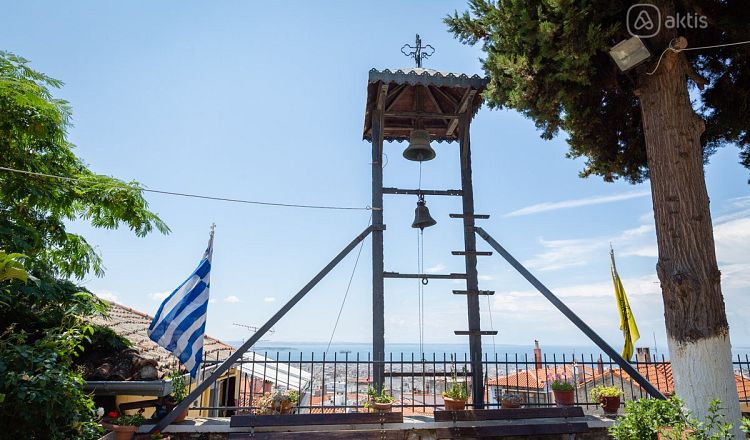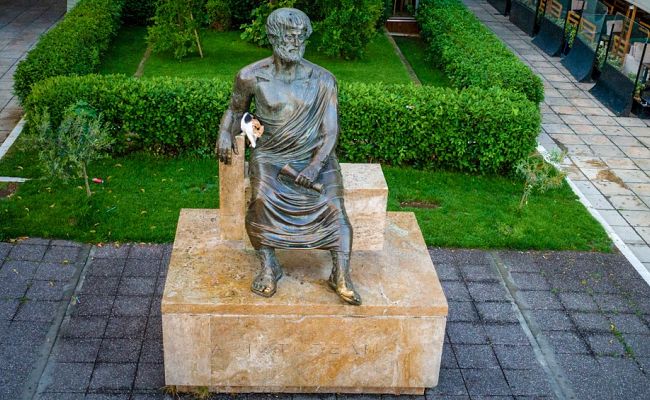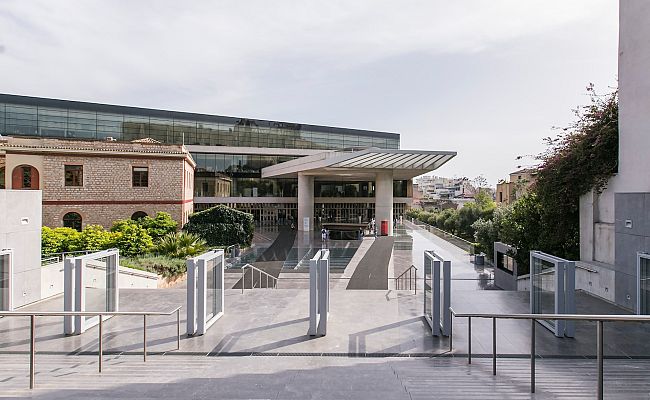Thessaloniki, one of Europe's oldest cities with a history spanning nearly 25 centuries, holds profound significance as a Christian center. It was here that the Apostle Paul delivered his teachings, and the birthplace of Cyril and Methodius. Unsurprisingly, here lie numerous significant religious sites which we will explore in this article.
Basilica of St. Demetrius
Dating back to the 4th century, this ancient temple is dedicated to the city's patron saint, Demetrius of Thessalonica. Legend has it that the site initially housed a modest church built upon the saint's burial ground, eventually evolving into the magnificent basilica we see today. Enduring the tumultuous events of Thessaloniki's past, the basilica suffered looting and conversion into a mosque during Ottoman rule, and was ravaged by a devastating fire in 1917 that consumed the entire city center.
However, through restoration efforts, the basilica has been revived to its former glory. Inside, visitors can marvel at ancient mosaics and explore an underground crypt adorned with Roman-era tiles, a marble spring, and other historical artifacts. Pilgrims from Greece and beyond flock to honor Saint Demetrius, while tourists often meander through the basilica's halls. Nearby, you can also find a small fountain and numerous shops offering icons and religious articles.
Hagia Sophia
One of the largest and oldest churches in the city in the very center, miraculously surviving the fire of 1917. The exact date of construction is unknown, but researchers believe that the church appeared here at the turn of the 7th and 8th centuries. During its entire existence, the temple managed to be both the Cathedral of the Thessalonian Metropolis and a mosque, and in the last century it was seriously damaged by an earthquake.
Today it is one of the UNESCO monuments with preserved ancient mosaics and frescoes, including the impressive “Resurrection of Christ” mosaic covering the dome.
Furthermore, owing to its central location, the temple has emerged as a focal point for young people. Thus, evenings paint an intriguing and contrasting scene: students congregating with beverages near the temple's fence as services unfold within.
Rotunda
The Rotunda stands as the oldest church in Thessaloniki, representing a paramount example of early Christian architecture within the Greek sector of the Roman Empire. Constructed in the 4th century as part of Emperor Galerius's palace complex, this cylindrical structure was initially designated for the veneration of Zeus. Subsequently repurposed as a temple adorned with intricate frescoes and mosaics, it served as a mosque during Ottoman rule before being transformed into a museum following a significant earthquake in 1978.
Today, visitors can marvel at the well-preserved artifacts within the Rotunda, including the mosaic depiction of the Epiphany adorning its dome, alongside figures representing the Apostles, martyrs, and saints.
Despite its museum status, the Rotunda hosts religious services once a month. A visit is highly recommended to experience the remarkable acoustics shaped by the structure's unique design, characterized by internal niches.
Basilica of Achiropiitos
Nestled within a cozy courtyard near Hagia Sophia, this fifth-century Byzantine basilica enchants visitors with its ancient frescoes and mosaic floors. Listed among Thessaloniki's UNESCO World Heritage sites, the church stands as a testament to the city's rich historical legacy.
Vlatadon Monastery
Emerging in the 14th century atop the upper reaches of Thessaloniki, tradition holds that this monastery occupies the site of Apostle Paul's preaching. Adjacent to a formidable Byzantine wall, the monastery offers a breathtaking panorama of the city and the Thermaikos Gulf from its observation deck. The serene surroundings also feature wandering peacocks and an enclosure with endearing deer.
Panagia Chalkeon
Situated in close proximity to Aristotle Square, the ancient Byzantine temple of Panagia Chalkeon lies slightly below street level. Formerly a mosque until 1912, the church boasts preserved 11th-century frescoes that offer a glimpse into its storied past.
Church of St. Nicholas Orphanos
Nestled at the outset of the upper town, this quaint early Christian church evaded conversion into a mosque during the Ottoman era. This let it preserve a wealth of ancient frescoes depicting saints and Christian festivities. Surrounding the church, a charming garden invites leisurely strolls throughout the year, though visitors should note its limited opening hours—only on Monday and Tuesday mornings.
Latomu Monastery
In the colorful district of Ano Poli, the history of Latomu Monastery stretches back to the 5th and 6th centuries. While time has weathered much of its structures, the Church of St. David endures, adorned with a mosaic depicting the Epiphany. Within the monastery grounds, a tranquil garden graced with roses offers a serene retreat, affording panoramic vistas of the city and the tiled roofs adorning the surrounding homes.
Monastery of St. John the Theologian in Suroti
About half an hour's drive from the center of Thessaloniki, near the town of Souroti, is the small but important for the Christian world the monastery of St. John the Theologian. The main shrine of the temple, to which thousands of pilgrims come, is the grave of St. Paisius the Holy Mountain. Visitors can also pay homage to the relics of St. Arseny, Paisius' esteemed mentor.
The territory of the monastery is very well maintained - you can go into the temple and admire the beautiful paintings. Before visiting, it is worth considering that there are queues at the grave, so you should arrive early. In addition, it is not easy to get here by public transport, so you might want to consider renting a car.
Monastery of John the Baptist
An hour and a half drive from Thessaloniki, near the town of Serres, is the Monastery of St. John the Baptist. Enveloped by the Menikio mountains in a picturesque valley, its origins trace back to the 13th century. Adorned with several frescoes, a splendid iconostasis, and charming chapels, the monastery offers a tranquil retreat from the hustle and bustle of urban life. Despite its lesser-known status among tourists, it promises serenity, spiritual solace, and awe-inspiring natural beauty to those who venture here.

